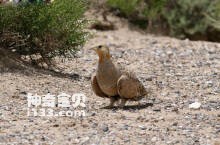
Syrrhaptes tibetanus
Syrrhaptes tibetanus
Syrrhaptes tibetanus (Syrrhaptes tibetanus) has no subspecies.Tibetan sandgr···
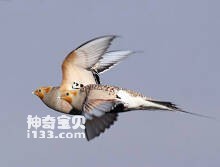
Syrrhaptes paradoxus
Syrrhaptes paradoxus,Pallas's Sandgrouse
Feather-legged sandfowl (Syrrhaptes paradoxus) Foreign name Pallas' s Sa···
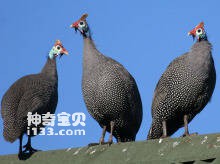
Numida meleagris
Numida meleagris,Helmeted Guineafowl
The Helmeted Guineafowl (Numida meleagris) has nine subspecies.Helmeted bead···
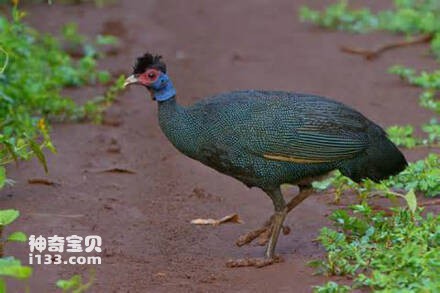
Guttera verreauxi
Guttera verreauxi,Western Crested Guineafowl
Western Crested Guineafowl (Guttera verreauxi), no subspecies.The West Afric···
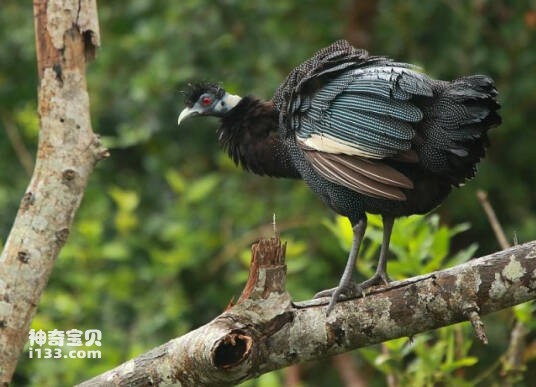
Guttera pucherani
Guttera pucherani,Eastern Crested Guineafowl
The Eastern Crested Guineafowl (Guttera pucherani) has three subspecies.East···
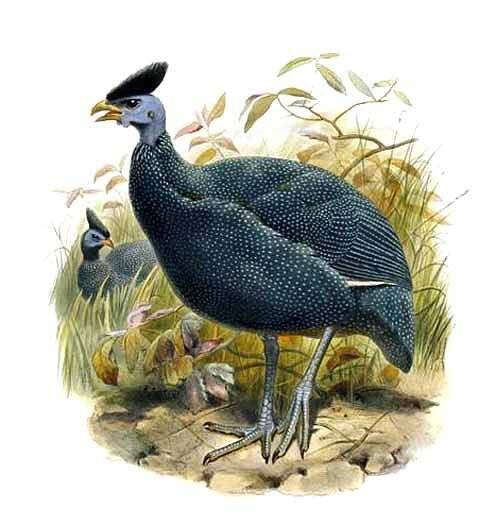
Guttera plumifera
Guttera plumifera,Plumed Guineafowl
The Central African crested Guineafowl (Guttera plumifera) is known as the P···
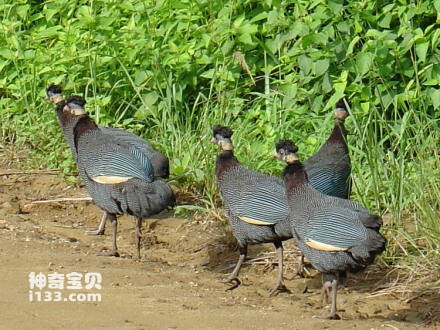
Guttera edouardi
Guttera edouardi,Southern Crested Guineafowl
The Guttera edouardi, also known as the Southern Crested Guineafowl, was onc···
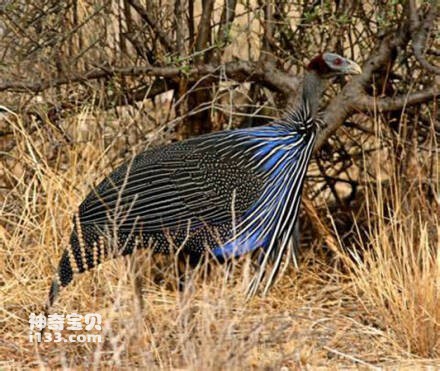
Agelastes niger
Agelastes niger,Black Guineafowl
The Black Guineafowl (scientific name: Agelastes niger) has no subspecies.Th···
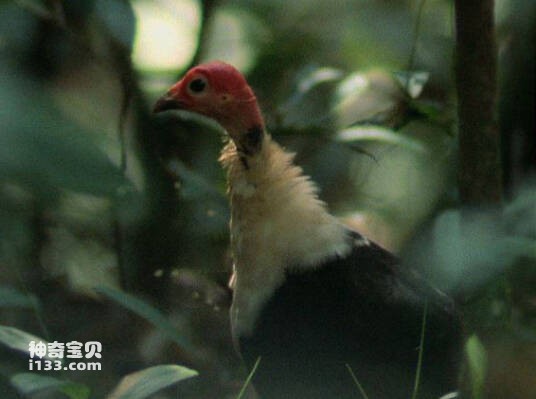
Agelastes meleagrides
Agelastes meleagrides,White-breasted Guineafowl
The White-breasted Guineafowl, known as the Agelastes meleagrides or White-b···
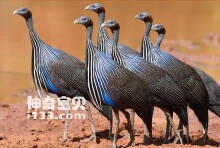
Acryllium vulturinum
Acryllium vulturinum,Vulturine Guineafowl
Vulturine Guineafowl (scientific name: Acryllium vulturinum), no subspecies.···
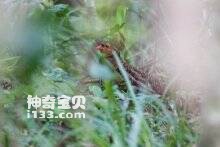
Xenoperdix udzungwensis
Xenoperdix udzungwensis,Udzungwa Forest-partridge
Xenoperdix udzungwensis is Udzungwa Forest-partridge, no subspecies. Specifi···
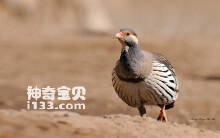
Tetraophasis caucasicus
Tetraophasis caucasicus,Caucasian Snowcock
Tetraophasis caucasicus, Caucasian Snowcock, likes to form groups, usually i···
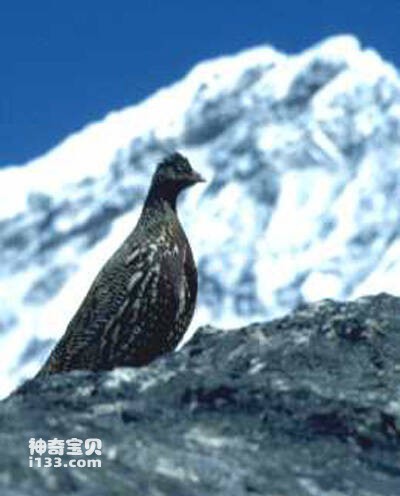
Tetraophasis caspius
Tetraophasis caspius,Caspian Snowcock
Tetraophasis caspius, Caspian Snowcock, eats seeds and plants. During the no···
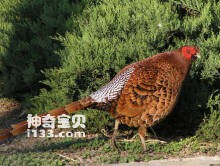
Syrmaticus soemmerringii
Syrmaticus soemmerringii
The pheasant soemmerringii has five subspecies. It feeds on insects, roots, ···
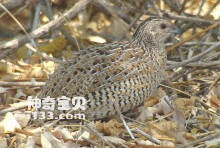
Synoicus ypsilophorus
Synoicus ypsilophorus,Brown Quail
Synoicus ypsilophorus (Brown Quail) has 10 subspecies. It is mainly active a···
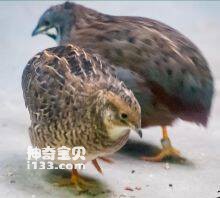
Synoicus chinensis
Synoicus chinensis
Synoicus chinensis has 10 subspecies, including Blue-breasted Quail, King Qu···
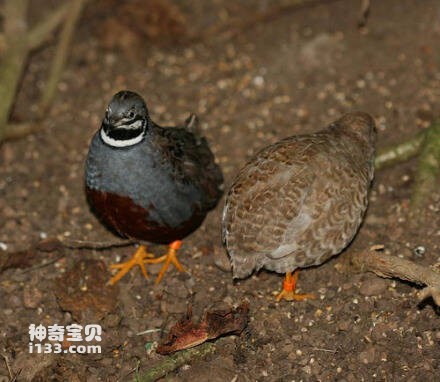
Synoicus adansonii
Synoicus adansonii,African Blue Quail,Blue Quail
African blue-breasted Quail (Synoicus adansonii) : African Blue Quail, Blue ···
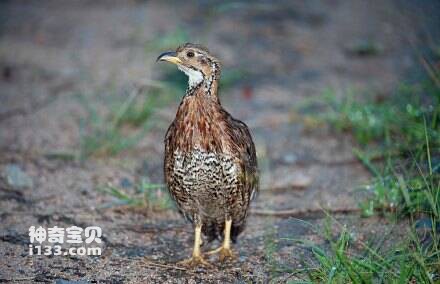
Scleroptila whytei
Scleroptila whytei,Whyte's Francolin
White ring neck Partridge (scientific name: Scleroptila whytei) foreign name···
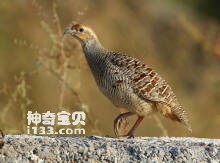
Scleroptila streptophora
Scleroptila streptophora,Ring-necked Francolin
The ringnecked Partridge (Scleroptila streptophora) is Ring-necked Francolin···
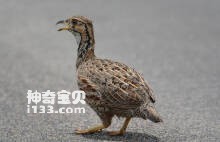
Scleroptila shelleyi
Scleroptila shelleyi,Shelley's Francolin
Xie's Partridge (scientific name: Scleroptila shelleyi) foreign name She···

Scleroptila psilolaema
Scleroptila psilolaema,Moorland Francolin
The Highland ringnecked Partridge (Scleroptila psilolaema) is Moorland Franc···
